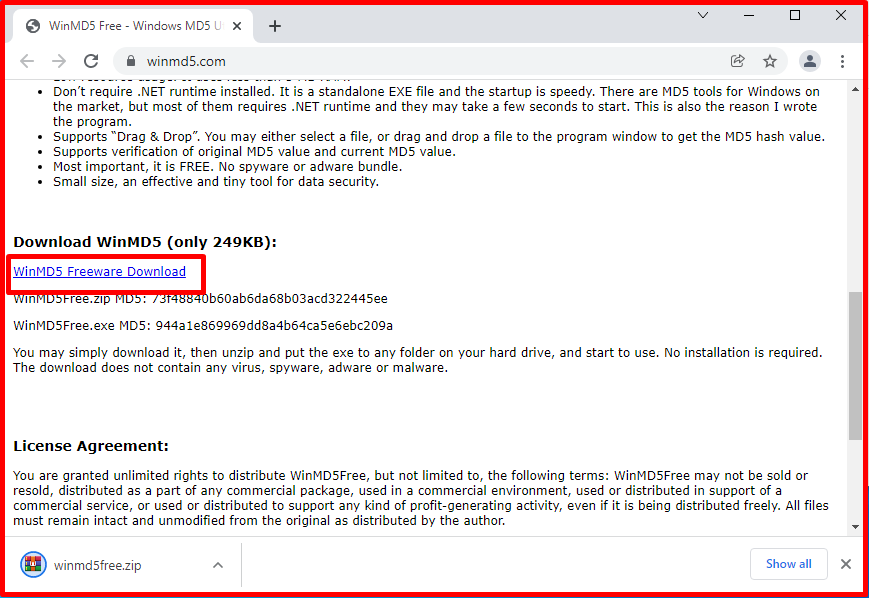The hash value is the unique fingerprint or tongue print of the files themselves. According to the hash value, you can check whether the file has been modified or not, and whether the file has been properly downloaded to your computer. If your institution has EDR (Endpoint Detection and Response), you can block harmful files if you enter the hash value into the system. This will require the hash value of the malicious file. We will show two methods to find the hash value. You can use any method you want.
First Method
It is possible to check the hash value with the “HashCheck Shell Extension“, which you can download from the link below.
http://code.kliu.org/hashcheck/

After installing the “HashCheck Shell Extension“, we right-click on the file you want to check the hash value of and select the “Properties” option.

Then we click on the “File Hashes” tab. Information about the file will appear. Click the “Settings” button at the bottom. You can make the necessary settings from the window that opens. We mark the MD5 hash of this file. Then we can get the MD5 hash. If you want, you can get different hashes by making the settings you want.

Second Method
If you do not want to install any program on your computer, you can check the hash value with the “WinMD5 Free” program, which you can download from the link below. It is enough to run the WinMD5.exe file included in the .zip file you downloaded.

When you open the program, click the “Browse” button and select the file you want to check. The MD5 value of the file will be displayed in the “Current file MD5 checksum value:” section.

Verifying File Hash
Copy and paste the MD5 value into the box below. Click the “Verify” button. If the verification process is successful, “Matched!” should write. If not, “Not Matched!” You will encounter the text.





